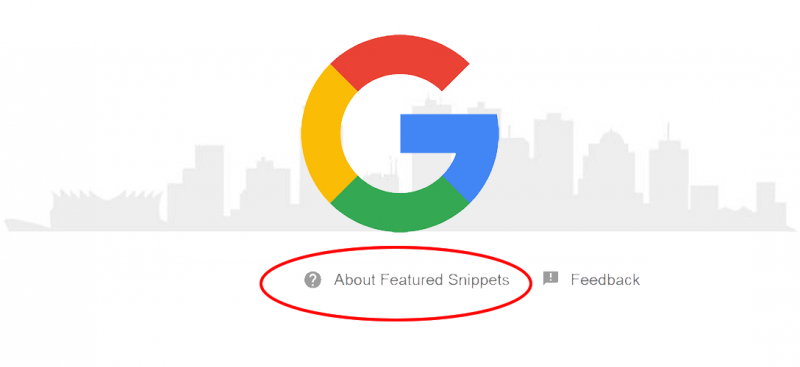What Makes Structured Markup so Important for a Website?

Like a ravenous Saturn, never satisfied, Google wants your content. But like any real life glutton, sometimes it cannot digest everything it swallows.
The truth is that even with the help of their sophisticated Natural Language Processing algorithms and their Machine learning implementations Google's ability to crawl and index pages is far greater than their ability to process the information they contain.
Still, Google's latest update, which has the quirky and imaginative name of "June 2019 Core Update", pushed their algorithm further along in their quest for great content, fast websites, and unique graphic material – which contains the potential for widening the gap between their acquisition of data and their processing and evaluation of it.
For this very reason the prominence of the role of structured markups in the presentation of search results has greatly increased (pre-digested data, not surprisingly, goes down easier). Structured markup is now driving results at the top of the page for many queries. They sometimes appear labeled as "Featured Snippets", other times they appear as answer boxes, or "accordion" style "People also asked..." boxes that provide answers to alternative questions. Even search suggestions are informed by structured markup found by Google along the way.
At this point you might very reasonably be wondering: "what is Structured Markup?” Although there are many kinds of Structured Markup, the simplest answer is contained in what all of them have in common: they provide ready to use information about your web site, individual page or blog article for the search engines - and in particular Google.
This information is structured in a way that fits a number of very specific set of needs and expectations. It is akin to packaging your information to fit seamlessly in boxes they provide.
With structured markup to help, Google doesn't need to guess what kind of information is providing each morsel of content. They only have to look inside the "blog" box, for instance, to know that the article is a blog, what is its gist, which is its main image, who wrote it, and many other details.
 Structured Markup in action: This is a sample of "Featured Snippets" markup we embedded in our previous article acting as an answer provider for a search query entered in question format
Structured Markup in action: This is a sample of "Featured Snippets" markup we embedded in our previous article acting as an answer provider for a search query entered in question format
By developing structured data of different flavors you can customize your data to fill many information gaps and take advantage of many opportunities to gain trust for your website.
You can do this at multiple levels, and they are not mutually exclusive: you can focus on individual pages, address the entire website or a subset of pages.
You can tag individual pages providing sets of questions and answers that are addressed in them, or describe them in terms of their content as with a blog.
You can also install site-wide markup to explain who you are, what is your area of expertise, or your industry, which geographical area you serve, which are your social media outlets, etc, and put all that info ready to go and easily within their reach.
These examples are only the tip of the iceberg in term of the opportunities for improving your communication and gaining the trust of the search engines – which is after all, the deciding factor in the success of your website.
In conclusion, nowadays having a website without Structured Markup, or with poorly constructed or outdated Structured Markup can cost you dearly in terms of Search engine visibility. Your experts at Cityline Websites will help you evaluate your website’s needs and design an organic data markup solution customized for you.
